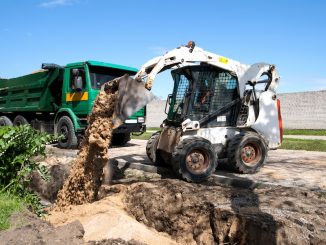
View the complete article here.
You couldn’t ask for a more powerful and perfectly descriptive title for heavy-duty equipment than “earthmovers”. They do exactly what their name indicates, providing an array of methods for capturing and transporting soil and rocks and other earthen materials from one place to another.
However, some of the many different types of earthmoving equipment available have names that are not so obvious. To help dispel any mystery, and so that you can know exactly what kinds of tools are available for your earthmoving needs, we hereby offer you this comprehensive introduction to the world of earthmoving equipment.
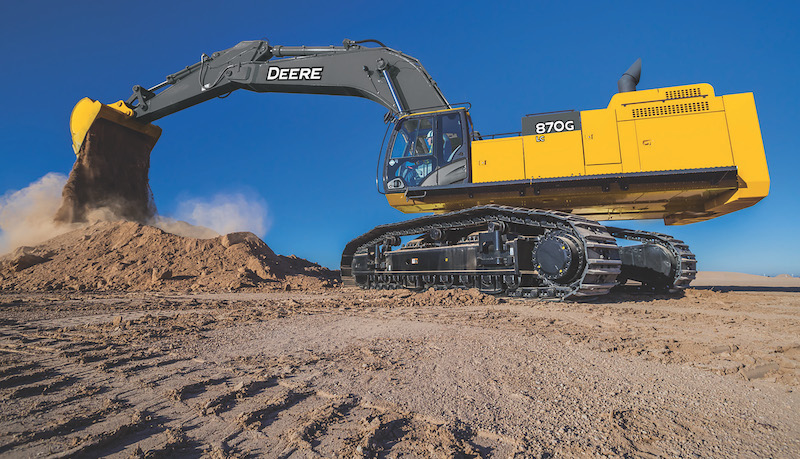
Excavator
Usually found on huge construction or industrial sites, excavators are a crucial piece of heavy equipment. With an enclosed cab situated on top of a wheeled or tracked undercarriage, the excavator’s most prominent feature is its long, crooked arm protruding from the cab, which has a bucket on the end.
Excavators are brought in for big, messy jobs like demolition or dredging a river. They are, of course, also relied on for excavating foundations, as well as holes and trenches. The excavator is a vital piece of equipment in the mining and metals industry, and is used across industries for tasks such as installing pipes and moving heavy materials.
The sheer variety of excavators out there could make your head spin. Hitachi has compact excavators, utility excavators, construction excavators, reduced-tail-swing excavators, mining excavators, and even wheeled excavators. They also offer them in sizes ranging from a “mini” that’s more appropriate for use in urban areas to large hydraulic models that boast gigantic buckets.
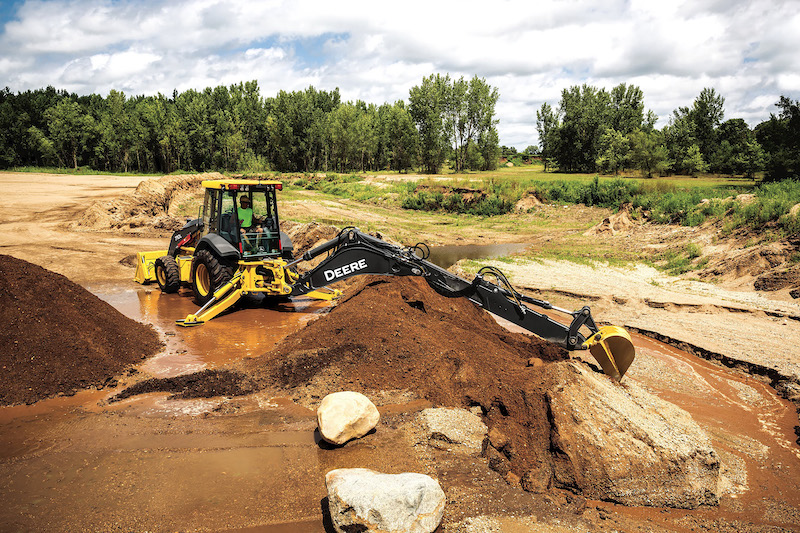
Backhoe Loader
This mighty digger looks like a tractor with a loader (imagine a dustpan the size of a trough) in front, and a backhoe (an arm with a claw-like bucket on the end) on the back. Given their broad range of uses, backhoes are commonly found on both agricultural sites and construction sites. They can dig pits, break up asphalt, move trees, plow everything from dirt to snow, and so much more.
JCB, a pioneer of the backhoe loader, has everything from a “compact” backhoe loader with a gross engine power of 74 hp to a “super” model sporting 109 hp. Though most are made to suit the needs of any industry, their JCB 5CX Wastemaster model is actually designed specifically for the waste and recycling sector.
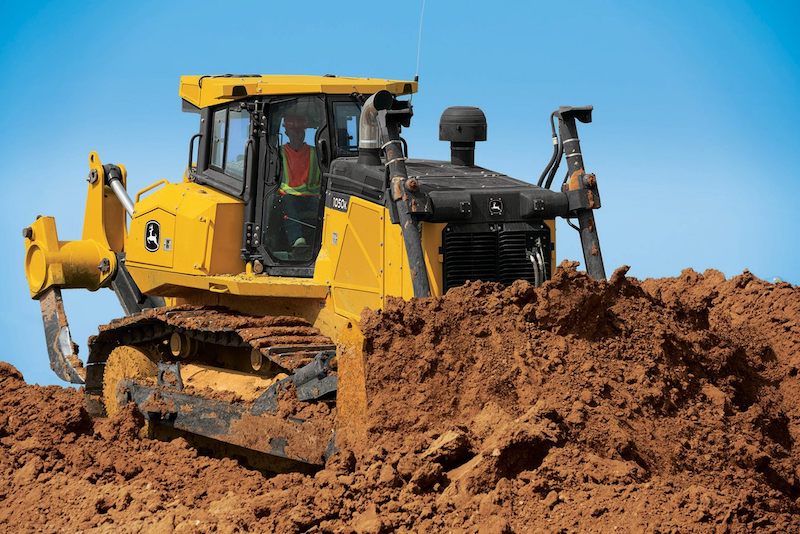
Bulldozer
Bulldozers, sometimes simply called dozers, are high-powered, diesel tractors with a continuous track (much like a tank) and equipped with a large, curved, hydraulic blade in front. The track makes it easier for the machine to move across rough and muddy terrain, which is often the domain of earthmoving equipment.
The bulldozer basically has one major function, but it does it very well, and that is to use its sheer brute strength to push mountains of dirt around. It can also be used to move rocks, brush, waste, or whatever else your heart desires. When not pushing, dozers can also use their strength to pull items like trailers, tools, or large and heavy pieces of equipment.
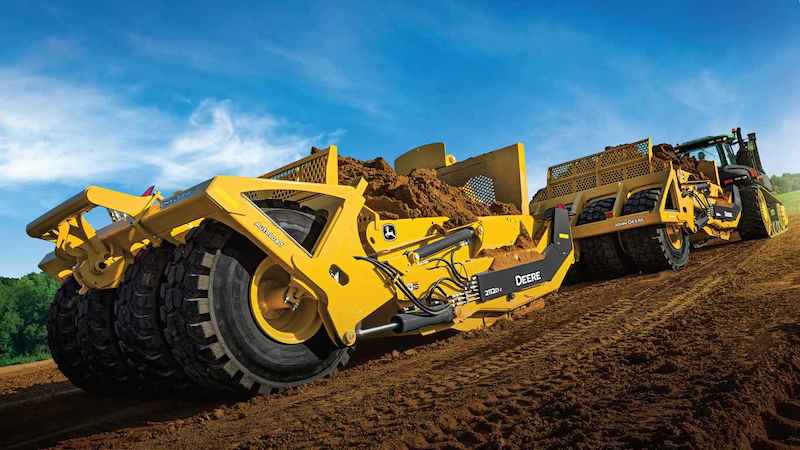
Wheel Tractor-Scrapers
It may not be elegant in appearance, but the wheel tractor-scraper is an efficient earthmover with a sharp front edge for cutting and a rear hopper (aka ‘the bowl’) to store materials. Elevating scrapers, towed scrapers, and open bowl scrapers are among the different types available, with both single and tandem engines. With applications in construction, mining, agriculture, and beyond, wheel tractor-scrapers a great for hauling dirt, coal, and other materials across short distances.
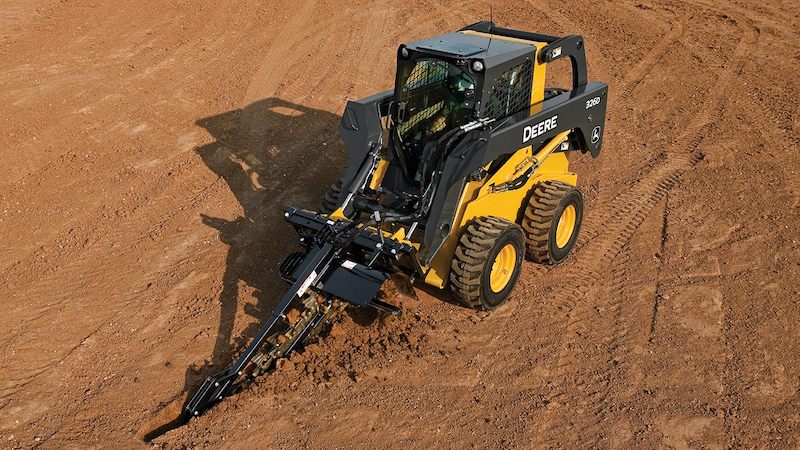
Trenchers
This earthmover is designed to—you guessed it—create trenches. Trenchers tear deep into the ground and clear out soil, roots, rocks, and anything else that’s getting in your way. Trenchers might be utilized by anyone from an individual homeowner trying to create a trench for drainage, to a utility company needing to lay wires or pipes under the ground.
High-performance ride-on trenchers are popular, but there are also walk-behind models for those who need to maneuver within narrower spaces (or who just really want to build their upper arm strength). Beyond those preferences, you can also choose between chain trenchers, which have a chainsaw design and offer maximum control, and wheel trenchers, which have a toothy metal wheel and are ideal for cutting through rock.
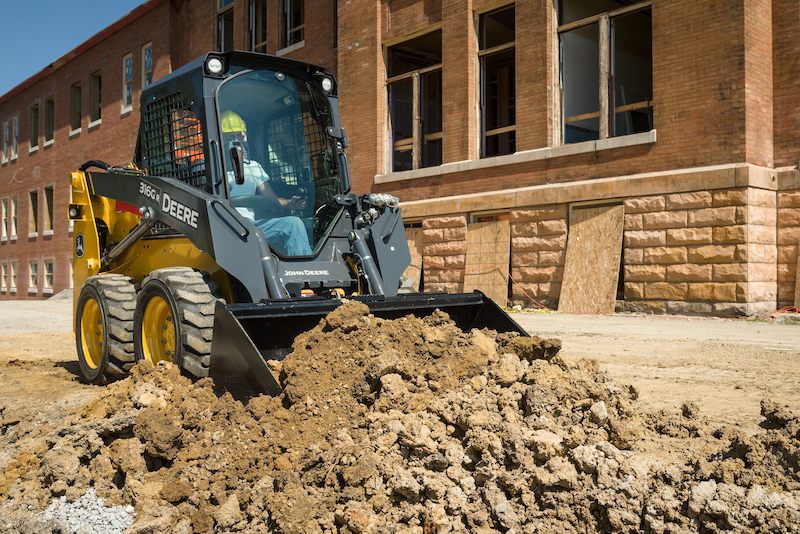
Skid-Steer Loaders
This compact, powerful, and easy-to-maneuver earthmover has a cab supported by four wheels and lift arms that can be used to move different kinds of loads. There is also a multi-terrain type of loader which has tracks instead of wheels.
Skid-steer loaders are extremely flexible by nature, designed to take on a vast array of tough jobs. Bobcat, which invented the first skid-steer loader several decades ago, proudly offers many models, along with dozens of attachments like bale forks, dozer blades, tillers, and utility forks, to name just a few.
Depending on what kind of attachment is fitted to the machine, your skid-steer loader can scoop up and haul dirt, carry pallets, plow snow, or assist in landscaping duties – among many, many other tasks.
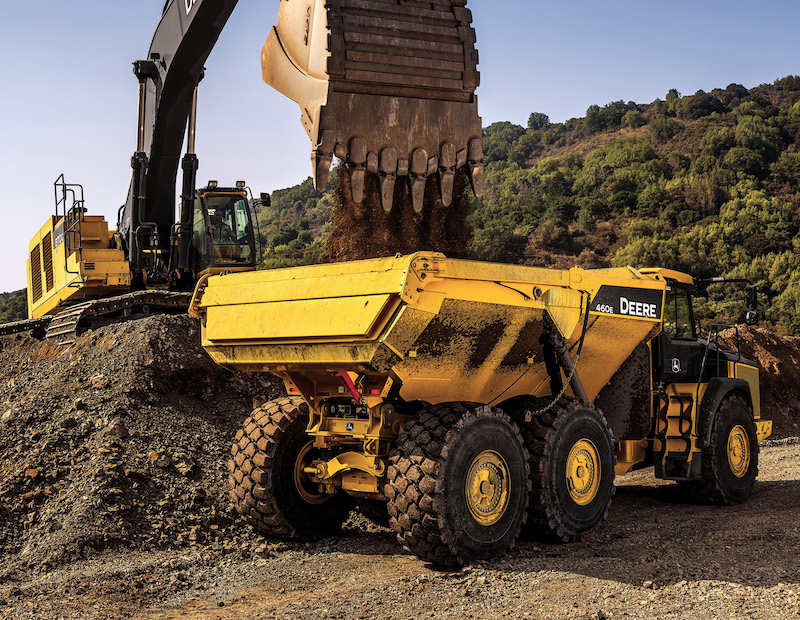
Dump Trucks
As the earthmover most frequently seen by urbanites in their everyday lives, dump trucks are known universally for performing the service of collecting trash from residences and businesses. The large bed of the truck can then tilt to dump its smelly cargo at a waste management facility or landfill.
However, the very largest dump trucks do in fact move earth, not just waste, in places like open-pit mines or on industrial sites. Hitachi actually makes three models of rigid dump trucks that are designed to excel off-road and meet the specific needs of both the mining and construction industries.
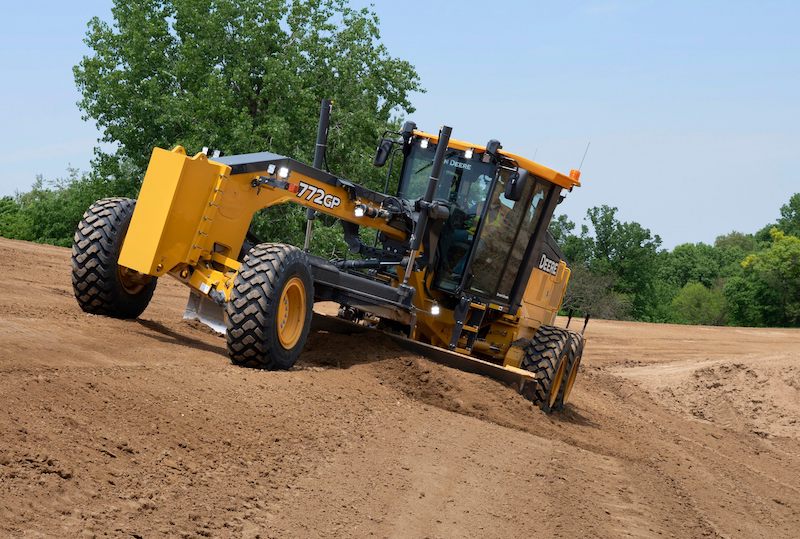
Motor Graders
If an anteater was a piece of construction machinery, it might look like a motor grader. Also known as road graders, motor graders have a long blade in between the cab and front tires used to smooth out surfaces.
Graders are utilized for the creation and maintenance of roads, but can also be used to help establish a foundation for buildings and other structures. Prior to paving a lot or a road, they help level out the ground.
The two main types of motor graders are the rigid frame, which has one axle, and the articulated frame, which has two axles with a hinge in between, making it adept at turning in smaller spaces.
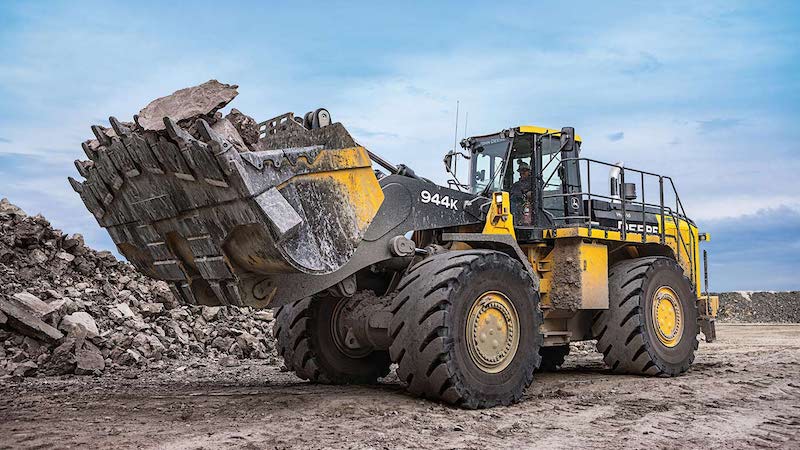
Wheel Loaders
One of the most iconic pieces of heavy construction equipment, the wheel loader’s main purpose is to scoop materials up in its large bucket and transfer them to wherever they need to go. Wheel loaders are staples in mining, waste management, forestry, farming, landscaping, and on building sites.
Because they are utilized in multiple industries for an endless variety of tasks, wheel loaders can be found in all sizes. Hitachi actually has 14 different models, in sizes ranging from just two tons to a massive 47 tons.
View the complete article here.
What is the primary function of a skid-steer loader, and how versatile is it in handling different tasks?
A skid-steer loader is a compact, powerful earthmover designed to handle a wide array of tasks, from scooping and hauling dirt to plowing snow and assisting in landscaping duties.
How does a motor grader contribute to construction, and what are its main types?
A motor grader, also known as a road grader, is used for creating and maintaining roads, leveling ground for building foundations, and comes in two main types: rigid frame with one axle and articulated frame with two axles











































